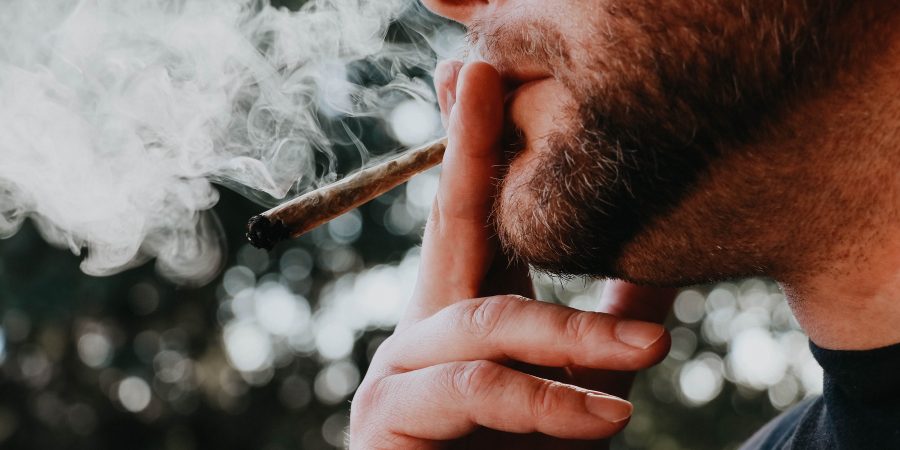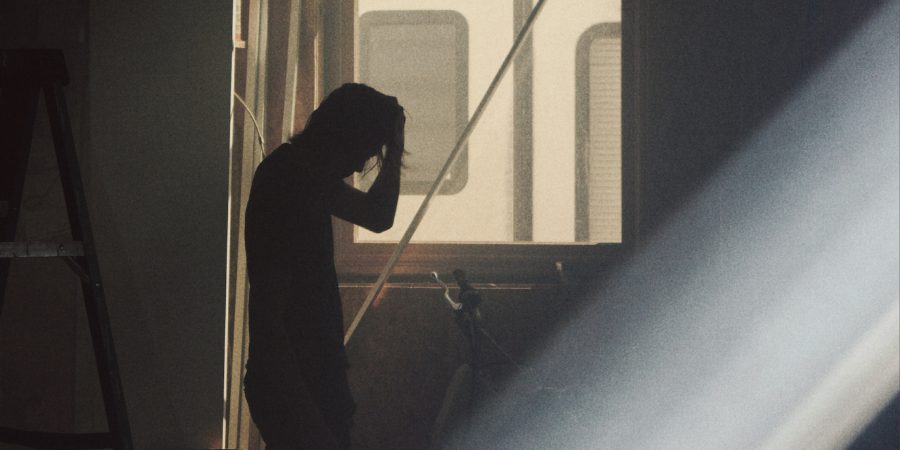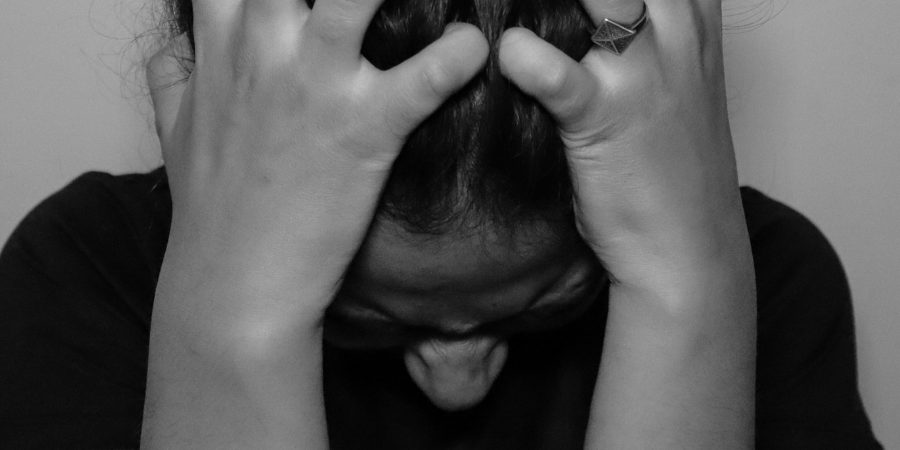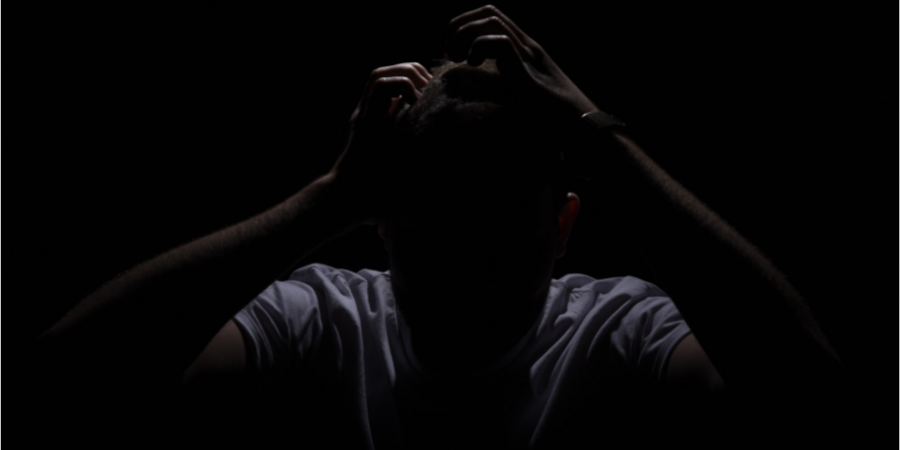Crack cocaine addiction

Written by:

Medically Reviewed by:
Last Updated:
October 10th, 2023
Crack is a powerful and addictive form of cocaine that is usually smoked. Once taken, the user will experience intense feelings of euphoria as the drug travels through their bloodstream and to the brain. The near-instant high is short-lived, leaving the user wanting more not long after initial use.
Crack cocaine addiction is rarely talked about by users; however, millions of people are affected by this drug every day. Crack addiction and abuse negatively impact not only the user but their loved ones too. In this page, we will explain the effects of crack abuse and how to recognise crack addiction.

What is crack cocaine?
Crack is a solid, or “rock”, form of cocaine created by mixing water, powdered cocaine, and either baking soda or ammonia and heating the mixture resulting in a free-base form. This relatively easy production of crack, along with the immediate and potent high, resulted in its popularity soaring in the 1980s and has since led to millions of people suffering from crack cocaine addiction.
The name ‘crack’ is derived from the crackling noise the drug makes when it’s smoked. While the name crack cocaine is itself a slang term, there are other street names for the drug, including ‘hard rock’, ‘base’, ‘sugar block’, ‘candy’, ‘cookies’, ‘kryptonite’, ‘rock’, ‘jelly beans’, ‘nuggets’, and ‘apple jack’ amongst others.
Users usually smoke crack using a glass pipe with gauze (‘screens’) or using foil and a straw. Crack can appear as off-white, white, yellowish, or light pink chunks.
Effects of crack
Once inhaled into the lungs, the active components are quickly absorbed into the bloodstream resulting in a fast but short-lived high, typically lasting five to fifteen minutes. The brain is flooded with dopamine, leading you to experience intense feelings of euphoria, increased energy and alertness, and increased sensitivity to stimuli.
Alongside this comes a range of unpleasant, short-term effects, which include:
- Temporarily decreased need for sleep
- Dilated pupils
- Constricted blood vessels
- High blood pressure
- Increased heart rate and breathing
- Reduced appetite
- Anxiety and agitation
- Raised body temperature
Long term abuse can result in not only crack cocaine addiction but a number of health issues, damaging both your body and mind. Some of the physical risks of long-term abuse and addiction to crack include damage to the blood vessels, heart, reproductive organs, gastrointestinal tract, nervous system, lungs, and brain.

Other moderate to severe side effects include:
- Abdominal pain, nausea and ulcers
- Aggression
- Irritability
- Malnutrition from lack of appetite
- Increased risk of heart attack, seizure, or stroke
- Reduced impulse control
- Impaired memory
- Extreme paranoia
- Panic
- Hallucinations
- Psychosis or delirium
- Organ failure
- Heart attacks
- High likelihood of overdose and even death
If you become addicted to crack cocaine, you may also experience impaired ability to make sound decisions and are therefore more likely to engage in risky sexual behaviour. This exposes you to other dangers, such as contracting HIV or Hepatitis C.

Aside from the health risks, addiction to the drug also depletes personal finances and puts a huge strain on relationships. The overwhelming need for the drug may lead you to spend everything you have to obtain it, evening stealing from friends or family just to be able to buy your next hit.
Stages of crack addiction
Crack abuse refers to the continued and inappropriate use of the drug with the aim of experiencing a pleasurable high. Crack addiction, on the other hand, occurs after your body and mind have developed a dependence on the drug. Addiction is often linked to underlying emotional or mental health issues and can be propelled by both environmental and genetic factors.
The use of crack results in a dopamine spike, gradually leading the brain to shut down receptors. With prolonged use, you become less sensitive to the drug and will find yourself needing more and more to achieve the desired effect. Ultimately, users find themselves unable to stop because the brain has been “rewired”, and you will be unable to function without it.
Once the brain begins to rely on the presence of crack cocaine, you will begin to compulsively seek it out, spending everything you have to obtain it. When crack addiction takes hold, quitting the drug becomes difficult without professional help – even when you know it is endangering your health and wellbeing.
Everybody will experience crack addiction differently, but some of the stages you’re likely to experience are:
Panic stage
During this stage, you will become obsessed with sourcing crack cocaine. This may lead to illogical and desperate behaviours such as stealing, lying, or trading sexual favours for crack (or money to buy the drug). This stage typically occurs a few hours after a user last ingests crack.
Crash stage
Twenty-four hours after your last use of crack, you will experience a ‘crash’, which is characterised by feelings of depression, despair, and possibly even suicidal thoughts.

Honeymoon stage
Around two days after your last use of the drug, you may feel you’re overcoming the need for crack. This will lead to increased confidence and a greater ability to fend off cravings.
The return of cravings
Typically five to fourteen days since last using crack, your cravings will return. This is caused by the natural production of dopamine and serotonin in the body, making you crave crack in order to boost the production of these brain chemicals.
Emotional intensification
After fourteen to twenty-eight days (and in certain cases, up to two years), you’re likely to experience exaggerated responses to the trauma and stresses of everyday life. It is not uncommon for those with crack addiction to experience mood swings, anxiety, irritability, nightmares, and depression during this stage. Finding a support group is important, as well as having a healthy environment around you and engaging in physical activity and healthy eating.
Secret cravings
Twenty-eight to thirty-five days after your last crack cocaine consumption, you may experience some cravings. It is not unusual to experience a relapse at this stage. Relapse can lead to thoughts of guilt, so sticking with your recovery programme is vital.

Cue conditioning
From thirty-five days onwards, you could experience triggers or stressors that lead to cravings, for example, activities that you associate with the use of crack cocaine. A support plan can help you get through this period.
Recognising crack addiction
Recognising crack cocaine addiction is not always easy – oftentimes, the user hides it well, and it can manifest in a number of different ways. There are always, however, telling psychological, physiological, and behavioural changes in people who use crack.
Emotional signs
Emotional side effects can disrupt daily life and affect the user’s relationships and career. These signs may include:
- Unnatural bursts of energy and excitement followed by dullness and loss of interest
- Mood swings
- Agitation and irritability
- Paranoia
- Hallucinations
Staying off the drug can cause obvious emotional signs as well, such as anxiety, restlessness, irritability, depression, and even suicidal thoughts.

Physiological signs
The use of crack at any time can be dangerous and should be taken seriously. Common physical signs of crack abuse and addiction include:
- Elevated heart rate
- Insomnia
- High blood pressure (hypertension)
- An appetite which can be drastically suppressed or increased
- Nosebleeds
- Dilated pupils
- Twitching of the muscles
- Increased breathing rate
- Burns on fingers or blistered and cracked lips from smoking pipes
When you choose to quit or stay away from the drug over a long period of time, you may begin to experience abnormally long hours of sleep, extreme fatigue, shakiness in the limbs and extremities, and irregular tremors.
Behavioural signs
One of the clear signs of abusing crack cocaine is changes in behavioural traits in the user. If you have a relative who you suspect may be abusing this drug, you’ll find the following behavioural signs present:
- Volatile mood swings and aggression
- Focusing more on crack use and forfeiting other responsibilities as a result
- No longer meeting obligations
- Failure to keep up with meetings and other normal social functions
- Deteriorating interpersonal relationships
- Engaging in risky behaviours such as theft to obtain crack
- Intense discomfort and unease when the user has not taken crack for a while
- Loss of interest in formerly enjoyed activities
- Suspicious social separation

Treatment for crack addiction
If you or a loved one is experiencing crack cocaine abuse or addiction, there is treatment available. Treatment typically starts with a medically assisted detox and is followed by rehabilitation. You may undergo behavioural therapy to help you comprehensively recover from addiction.
If you are ready to achieve lasting sobriety, contact one of our UKAT facilities today to begin your journey to a healthy life.
Myths about crack cocaine
- It takes a long time to become addicted to crack…
Crack cocaine is a highly addictive substance, and users can become addicted after just a few uses. Don’t hesitate to seek help straight away!
- A drug addict has no willpower – if they wanted to stop, they could…
Drug addiction is a medical condition that chemically alters the brain. An addict will experience powerful and often uncontrollable urges to seek out a substance, despite being aware of the harmful effects it is causing.
- Using crack cocaine once or twice is not a cause for concern…
Due to its extremely addictive properties, using crack even once or twice can be detrimental.
- You’d be able to tell if a loved one is suffering from crack addiction…
Feelings of guilt and embarrassment are two things that go hand-in-hand with addiction, meaning that users often try to hide it as best they can. Those with crack cocaine addiction may be ‘high-functioning’, still going to work and operating day-to-day. Loved ones may only realise something is wrong further down the line.



